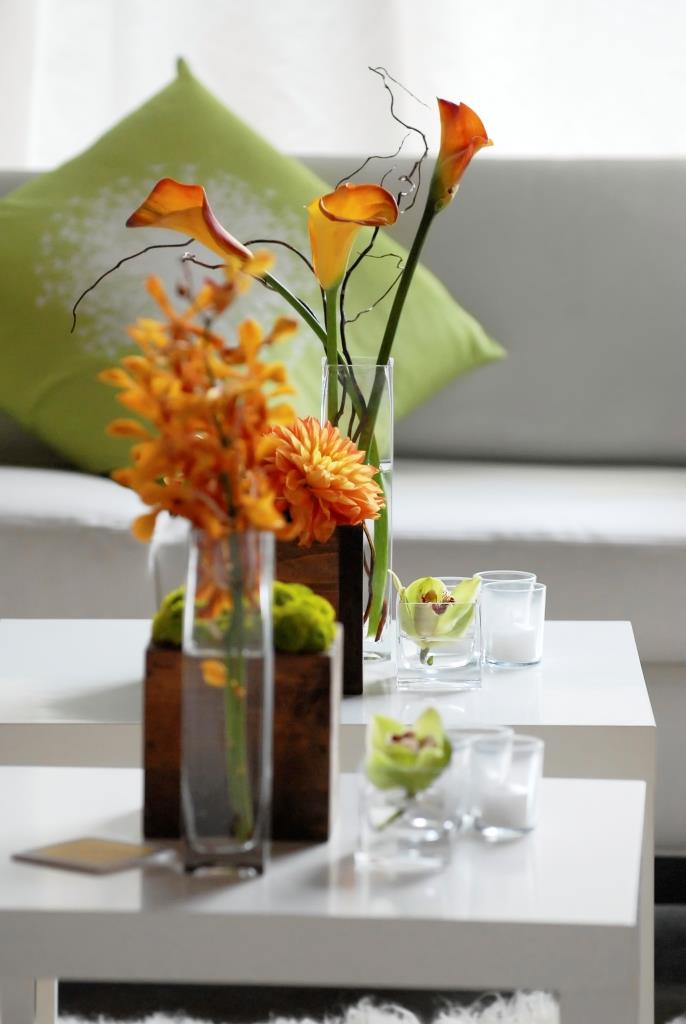925-855-3250
Question about what mortgage lenders can approve? Contact our loan agent in San Ramon.

What is a Homestyle Renovation Mortgage?
It can be exhausting finding a suitable home for sale that combines must-have and comfort features that will hold up long enough for the mortgage to close. Disrepair, energy inefficiency, and questionable code compliance can take a home with a great location and affordable price right out of the mix. Seniors and their children also may have trouble finding a suitable home where they can age in place without having to make costly renovations.
As the housing stock dwindles, consumers may wish to consider a HomeStyle Renovation (HSR) mortgage from Fannie Mae that includes the cost of necessary upgrades and improvements in the loan package. A single mortgage can add up to lower closing costs – and lower rates. Previously, consumers had to turn to second mortgages and home equity borrowing to pay for energy upgrades or repairs after they had already bought the home with a first loan.
Inside the Fannie Mae HomeStyle Renovation Mortgage
Eligible properties include:
Principal residences, one to four units
One-unit second homes
Single-unit investment properties (co-ops, condos)
Manufactured or mobile homes are not eligible.
Types of renovations mortgages include:
15- and 30-year fixed-rate mortgages
Adjustable-rate mortgages
Note from Fannie Mae: “The original principal amount of the mortgage may not exceed Fannie Mae’s maximum allowable mortgage amount for a conventional first mortgage.”
Qualifying and down payment requirements:
In general, there is no minimum down payment stipulation on these Fannie Mae purchase loans. HomeStyle mortgage lenders use a combination of factors including home equity and credit to assess the cost of the loan. To get a rough estimate, combine the estimated cost of the purchase and renovation loans and divide by the total value of the property.
Unlike other loan products, HomeStyle mortgages are based on the “as completed” value after the renovations and upgrades have been made. Using improved values based on documented plans from approved contractors, HomeStyle lenders can ensure that the mortgage covers the renovations. Moreover, funds for the improvements won’t be released for homeowners/contractors until the work is certified complete by an inspection. There is no loan credit for sweat equity!
Depending on financial circumstances, borrowers can qualify for combined loan-to-value ratio (CLTV) of up to 105 percent with subordinate financing and avoid a down payment entirely. The Community Seconds® mortgage is the subordinate financing program of choice for Fannie Mae lenders.
Down payments can vary by lender and by the applicant’s credit worthiness. Currently, applicants for a HomeStyle mortgage on owner-occupied, single-unit homes find down payments around 5 percent on a fixed-rate loan and 10 percent on ARMs.
Getting the Upgrades Done on Time
When it comes to renovations, the HomeStyle mortgage offers a generous range of costs for inclusion in the loan including:
Architects/designer expenses
Energy efficiency assessments
Engineering and design updates
Required inspections
Permit fees
All renovations performed under a HomeStyle mortgage must be done by lender-approved professionals. Contractors and architects with professional licenses and credentials can prepare the necessary drawings and plans prior to the loan. This assists underwriters in their determination of completed value as well as whether the proposed improvements are cost effective.
Once the loan closes, the work must begin apace. A lender’s appraiser will inspect all work and submit a completion certificate to Fannie Mae before funds can be paid to the contractors/designers. Renovations must be completed within six months after closing.
Energy improvements up to 50 percent of the “completed” appraised value of the home can also be financed though the HomeStyle loan, but upgrades must all be satisfactorily completed within 100 days of closing. Any budgeted improvement funds left over after the renovations are done can be paid into the principal.
What to do while the work is underway:
Because the HomeStyle mortgage applies to “owner-occupied” homes, you’ll have to live in and around the upgrades. Those who must relocate while the work is underway can arrange to have an escrow account established by their lender to pay for homeowner’s insurance and property taxes without disruptions.
What’s the Difference Between the HomeStyle Mortgage and FHA 203k Loans?
Fannie Mae HomeStyle and FHA 203k loans both finance improvements in concert with a purchase loan. The Fannie Mae HomeStyle loan’s minimum down payment is around 5 percent, while FHA 203k’s may only require 3.5 percent. HomeStyle lenders typically require higher qualifying credit scores but feature lower closing costs than those commonly charged on FHA 203k loans.
At the same time, an FHA 203k loan can be used to complete renovations or upgrades on a new or existing home. The Title1 loan provides from $5,000 and $25,000 for repairs and can repaid on a 20-year term. As with HomeStyle mortgages, the borrower must use approved, licensed professionals to do the renovation work.
Contact our home loan agents in San Ramon for Homestyle mortgages.

